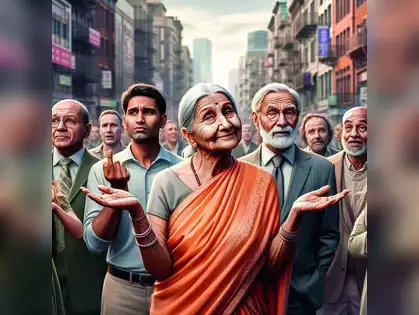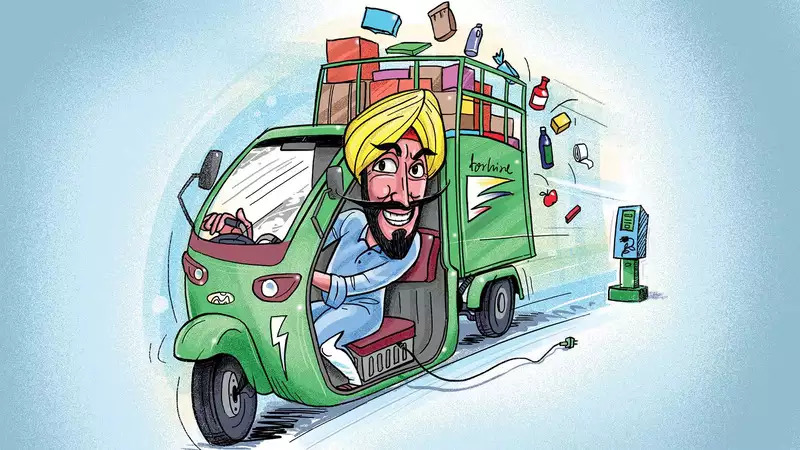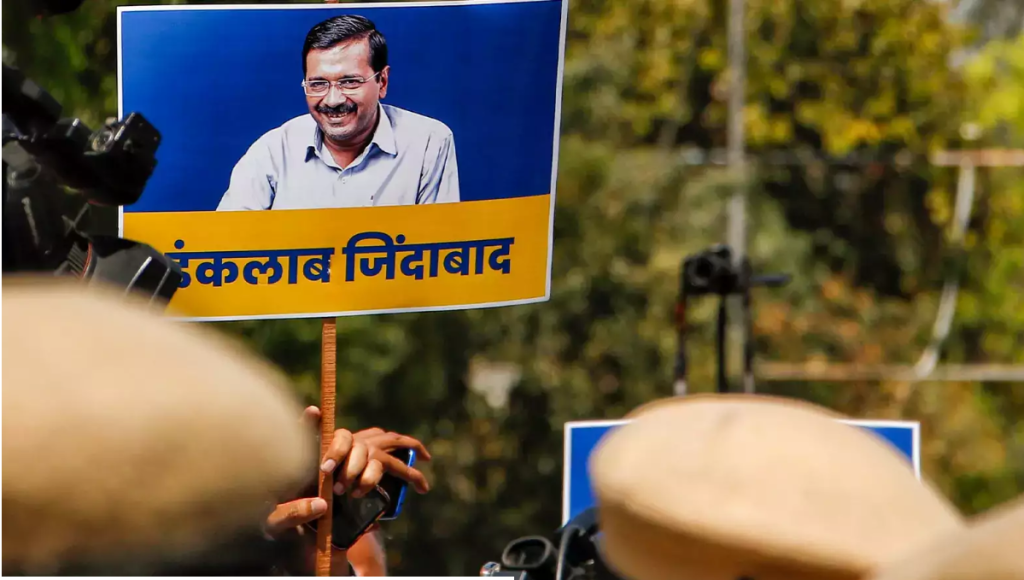Much heat has been generated by the proposal of the BJP to tinker with Indian history as written by Professors Sumit Sarkar and KN Pannikar. Yet this pales beside the attempt of Mamta Bannerjee to rewrite the history of the Indian Railways in her Railway Budget speech. \”We are all aware of the significant contribution of the Indian Railways to the freedom movement,\” says Mamta.
Now, historians will tell you that the British Raj built the railways to consolidate its military hold on India and open up the Indian market for British manufactures, something which Gandhiji and many others denounced as colonial exploitation. So what exactly is the contribution of the Railways to the independence movement?
Historian Mamta explains, \”The birth of the political career of the Father of the Nation took place on a railway platform in South Africa when Mahatma Gandhi was thrown off the train because he was travelling in the first class.\” Hilarious.
She moan that like the Mahatma a century ago, \”somewhere during the journey after independence, Indian Railways have similarly been thrown off the development train\”. The British built the Railways to carry passengers. Mamta views the Railways as a passenger to be carried by others.
That sums up rather neatly the transformation since independence. Instead of financing the development of the rest of the country, the Railways now expect the rest of the country to finance it. Unlike the Mahatma, the Railways has become a ticketless traveller in the development train. Not because it lacks intrinsic capability, but because it has been converted by successive railway ministers into a patronage network to serve the personal agenda of politicians. Mamta\’s model seems to be Abdul Ghani Khan Chowdhury, who for years milked the Railways to ensure his re-election in Malda. Keep fares subsidised, run 19 new trains to West Bengal, milk the Railways to create your personal patronage network.
A more accurate account of the Railways\’ history would say, with only modest exaggeration, that it was built up mainly by the British and then run down mainly by a few populist railway ministers. A separate budget was decreed by the British in 1920 to sever the Railways\’ dependence on government funds. Mamta, however, wants a Railway Budget for precisely the opposite reason, to get more funds than ever from the exchequer.
In British times, and in many years after, the Railways provided large surpluses for the exchequer. Today it has become a drain on the exchequer. This is cloaked by the way railway accounts are presented. Let us look at the underlying reality. The government itself borrows money at 11 per cent interest. It advances part of this to the Railways. Mamta\’s budget provides for a return of just 4.2 per cent on this capital. So the difference between Yashwant Sinha\’s borrowing rate and the return he gets from Mamta is around 6.8 per cent. On the corpus of Rs 35,000 crore advanced to the Railways, this constitutes a drain of around Rs 2,400 crore in the coming year.
This fazes our lady historian not at all. She complains that the exchequer\’s support for the Railways has fallen steadily from a peak of 75 per cent in the Fifth Plan to just 18 per cent in the last two years. And that this under-investment has reduced the Railways\’ share of freight from 89 per cent in 1950-51 to 40 per cent today.
I admire the sheer brazenness of this interpretation. The fact is that labour indiscipline led to the virtual collapse of the Railways in 1974-80, converting a once-profitable carrier into an abject beggar. That dependence of the beggar on Central funds is now interpreted as \”peak support\” from the Centre, and the subsequent revival of the Railways as reduction of Central support.
The shift of traffic from the railways to roads is less than a tragedy: In the US, the railways\’ share of freight is below 15 per cent. The railways represent 19th century technology, trucks represent 20th century technology. However, the Railways still has much relevance.
Unfortunately successive railway ministers have raised freight rates to subsidise passenger traffic, and high freight rates have driven goods traffic from the railways to roads. The villain is not insufficient Central help, but patronage politics. Just 59 per cent of the cost of passenger traffic is recovered through fares, and the rest is covered by high freight rates, which represent a non-transparent tax on all who buy goods transported by the railways. They create a high- cost structure which undercuts the competitiveness of Indian industry and exports.
Our lady historian boasts of the contribution of 1.6 million railway workers to the economy. She fails to mention that half-a-million of these represent surplus labour for whom there is no real work, who are essentially leeches sucking the blood of the Railways. Neither Mamta nor her predecessors worry about this: Patronage politics is, after all, the art of sucking as much as possible in the holy name of socialism, anti-poverty and various other convenient deities.
On becoming the railway minister, Mamta said that she would put people before profits. That sounds a great motto. In fact, she is putting a burden of Rs 2,400 crore per year on the people of India. Her patronage network covers perhaps 20 million railway travellers and rail employees. These are now being subsidised by 1,000 million Indians who bear the national debt.
A more honest motto would be \”putting losses before people\”. The non-transparent nature of the budget means she earns kudos for having a golden heart even as she drains the exchequer. On Railway Budget day, ordinary folk praise her for not raising fares. Few realise that subsidies do not drop from heaven, that their pockets are being picked through the huge debt burden of the national debt.
The solution is to abolish the Railways as a department, convert it to a corporation, and float its shares in the stock market. That will mean presenting accounts in corporate form. This will show quite clearly that what passes for golden-hearted politics is a recipe for bankruptcy. Subsidised fares are achieved by running down the whole system. In theory, the Railways belong to the public. So, let the public own shares in the Railways. Let the share price slump every time a railway minister indulges in Mamta-style populism. The resulting shareholder protest will finally drive home the lesson that Mamta\’s motto of putting losses before people is neither desirable nor sustainable.




